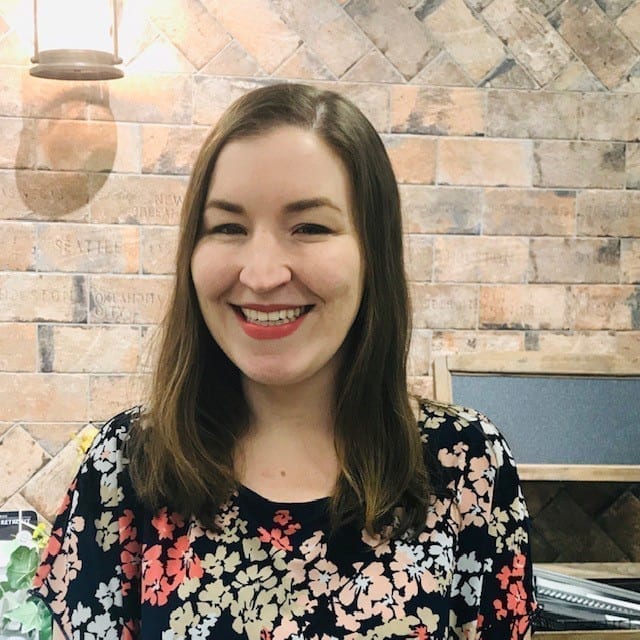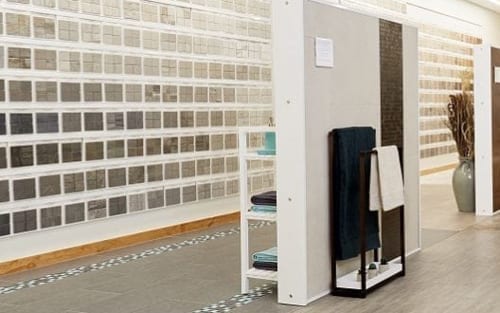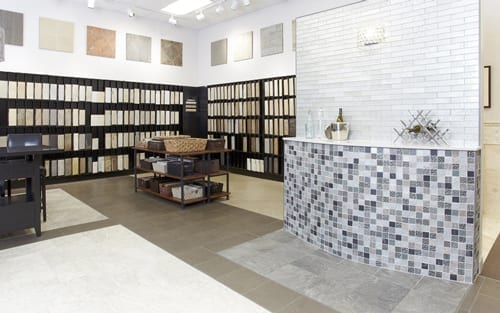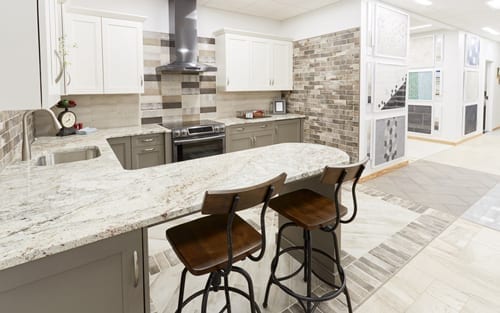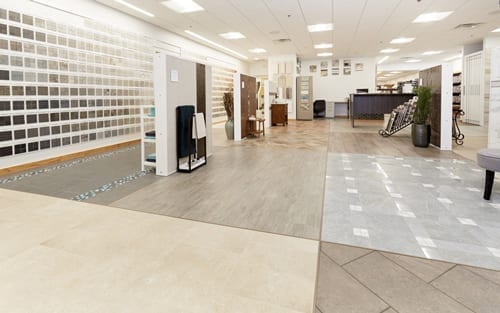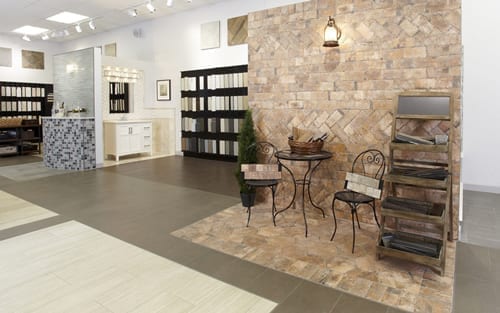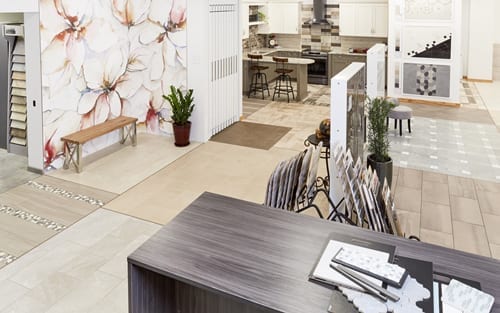Interviews


Tile and Vision | by Barbara Musso
Conestoga Tile is one of the most valid distributors of Italian ceramic tiles. The company imports, distributes, and markets high-quality ceramic and porcelain tile to the United States through three showrooms located in Pennsylvania, Maryland and Virginia and received the North American Distributor Award in 2008 for its ongoing dedication to the promotion of Italian ceramic tiles in the U.S. marketplace. Becky French is the Manager of Architectural & Design Services for the company and has been in this role for the past seven years. Jim Vogel is the President and co-owner of the company and has recently been inducted into the Ceramic Tile Distributor Association’s Hall of Fame.
You have many branches and many collaborators. How do you prepare your sales and promotion team?
J.V.: As we introduce new products, we will purposely introduce only a limited number of product lines at a time. This provides our staff time to introduce and train their customers on these products. Providing too many product lines at the same time will overwhelm most audiences. We have found that product lines are more successful if your staff can focus on a smaller group which allows for a more in-depth presentation of the product line.
How important is it to have fully trained staff?
J.V.: Architectural firms handle many different aspects of the project including the design of the building structure and the interior finishes. These firms rely on their product representatives to assist them in both installation solutions and also finding tiles to fit their design visions. Ongoing training is two-fold – installation and design. We see many new technological advances in installation products that an architectural representative needs to know in order to be a valuable resource to the firms. On the design side, representatives need to have a grasp on not only the latest design visuals, but also the technical characteristics of the tile which will impact its performance. The architectural representative will then pass on their learned knowledge to the firms through seminars or one on one interactions. Having a well-trained staff is vital in maintaining our position as a reputable resource for our industry partners.
How many Italian ceramic brands do you carry?
J.V.: We are currently representing 18 different Italian manufacturers. While we import most of the Italian products, several of the manufacturers also have either additional warehousing or production in the United States for sourcing options.
How important is the curation of product in order to retain your customers?
J.V.: Anyone visiting Cersaie or Coverings will recognize that there are a lot of choices in tile designs from many manufacturers throughout the world. Taking the thousands of new offerings and curating them into our product offering is very valuable to our success and our clients’ success. Often, we are looking for a product that is on the cutting edge of design while also being a visual that would be of interest to both residential and commercial clients. A lot of investment is made to inventory new products and to market them to the design community, local dealer showrooms and also consumers. Therefore, we want to ensure that our new products will create excitement. From the show, we will have 40-60 new product series that have interested us. Our new products committee will review and grade these series based on design, function and pricing. In keeping with our training philosophy, we will end up with 20-25 new products that can be introduced over the next 8-10 month period. Our clients rely on us to provide them with a steady flow of new products meeting their clients demands for both quality and design. Maintaining a curated selection of products is crucial in balancing between current and future trends.
Large architectural projects must meet certain sustainability requirements. How does a material like Italian ceramics, thanks to innovative technological investments, answer many of those requirements?
B.F.: The push for sustainability and transparency in product design continues to be a major force in our industry. We are seeing an increased demand for products which can help meet LEED v4 requirements, especially in our DC market. Today’s designers are environmentally conscious and know that they have the ability to make a positive impact through their material selection. At the same time, they expect innovative designs and exciting new formats. I think the introduction of large gauged porcelains is a great example where our Italian partners have met this demand. We see manufacturers creating gorgeous marble visuals or cutting-edge modern designs in a thinner format that uses less raw materials and has a lower environmental impact.
Do you have any suggestions for Italian tile producers?
J.V.: Tile sizes are getting bigger. The larger the format, the better a design feature can be visualized. For example, in a product line offered in both 12×24 and 24×48, the veining and flow of the design becomes more appealing in the larger sizes. When visiting architectural firms, it is difficult to translate these incredible designs with an architectural binder showing small cut pieces of the product. We continue to be challenged in finding ways to best represent the true beauty of the product. It just isn’t feasible to carry in 6-8 pieces of 24×48, not to mention the large gauged tiles, into a firm’s office. We are looking for new marketing tools to help showcase these larger tiles.
What are the most popular trends?
B.F.: We continue to see the use of larger rectangular formats for both floor and wall. Both marble and wood looks continue to increase in popularity. Our Italian partners in particular have made amazing advancements in the visuals and finishes of their marble looks. We are seeing these porcelains being favored over their competing natural stones. Likewise, the wood looks in porcelain are incorporating more unique visuals (painted woods, charred wood), and mixes of sizes (different widths and lengths) and patterns (parquet) to compete with real hardwood. Commercial designers have also been trending towards wall installations with 3D tiles, bold graphics, geometric shapes and hand sculpted looks.
What are the trends that you think will be the most appreciated by the general public?
B.F.: The public appreciates the wide variety of options the industry has to offer. Italian tile manufacturers seem to be taking more creative risks and the design community has responded very positively to that.
You have been awarded as distributors thanks to the 2018 Residential Project Award won by Ziger/Snead Architects with the Baltimore Slate House project. How did you celebrate?
B.F.: With a nice dinner!
January 2019




